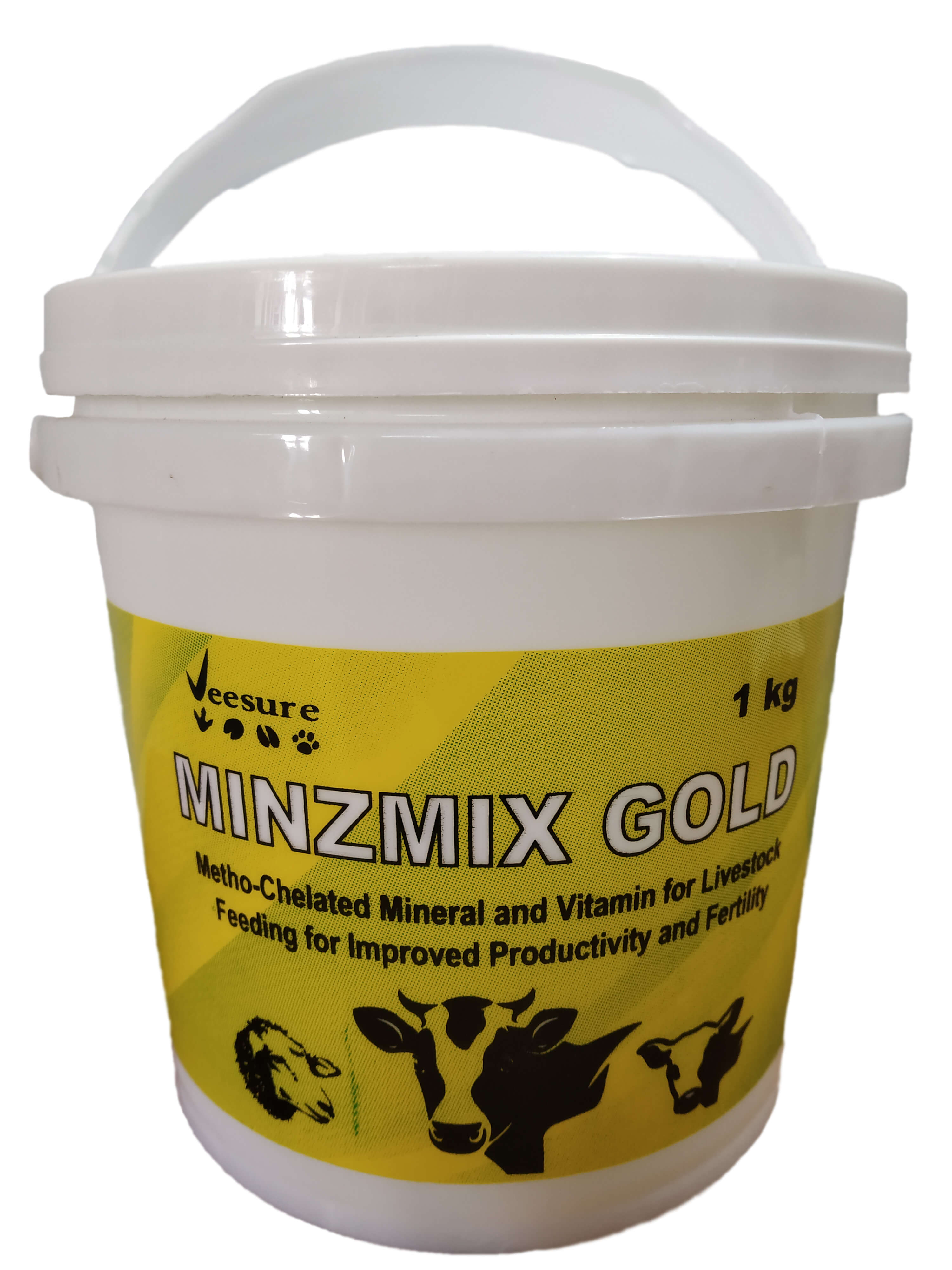
More studies are needed before one can be recommended over the other. SummaryĬurrent research provides mixed results on whether chelated minerals are absorbed better than regular minerals. Given that the current research is mixed, more research on chelated minerals is needed. These differences can affect mineral absorption. However, these findings should be interpreted with caution, as animals have significantly different digestive tracts than humans. In general, animal studies indicate that chelated minerals are absorbed more effectively ( 9, 10).

Meanwhile, a study in pregnant women with iron deficiency found no significant difference in blood iron levels when comparing chelated iron (ferrous bisglycinate) with regular iron (ferrous sulfate) ( 8). Yet, not all studies give the same results.Ī study in 23 postmenopausal women showed that 1,000 mg of calcium carbonate (non-chelated) was more rapidly absorbed and raised blood calcium levels more effectively than the same amount of calcium citrate (chelated) ( 7). This is important for people at risk of excess mineral intake, such as iron overload.įor example, in a study in 300 infants, giving 0.34 mg per pound of body weight (0.75 mg per kg) of iron bisglycinate (chelated) daily raised blood iron levels to levels similar to those caused by 4 times that amount of iron sulfate (non-chelated) ( 6). What’s more, some research suggests that taking chelated minerals may reduce the total amount you need to consume to reach healthy blood levels. Similarly, a study in 30 adults noted that magnesium glycerophosphate (chelated) raised blood magnesium levels significantly more than magnesium oxide (non-chelated) ( 5). Several studies have compared the absorption of the two.įor example, a study in 15 adults found that chelated zinc (as zinc citrate and zinc gluconate) was absorbed around 11% more effectively than non-chelated zinc (as zinc oxide) ( 4). Most mineral supplements are available in chelated form.ĭo chelated minerals have better absorption?Ĭhelated minerals are often touted as having better absorption than non-chelated ones.

Glycine: used to make magnesium glycinate.Monomethionine: used to make zinc monomethionine.Methionine: used to make copper methionine, zinc methionine, and more.Aspartic acid: used to make zinc aspartate, magnesium aspartate, and more.These amino acids are commonly used to make mineral chelates: They’re typically made using an amino or organic acid. Most minerals are available in chelated form.


 0 kommentar(er)
0 kommentar(er)
